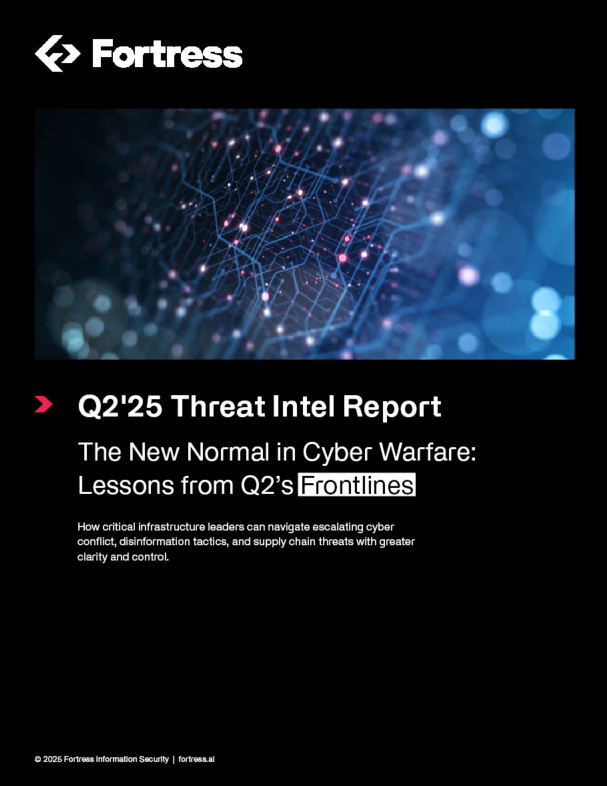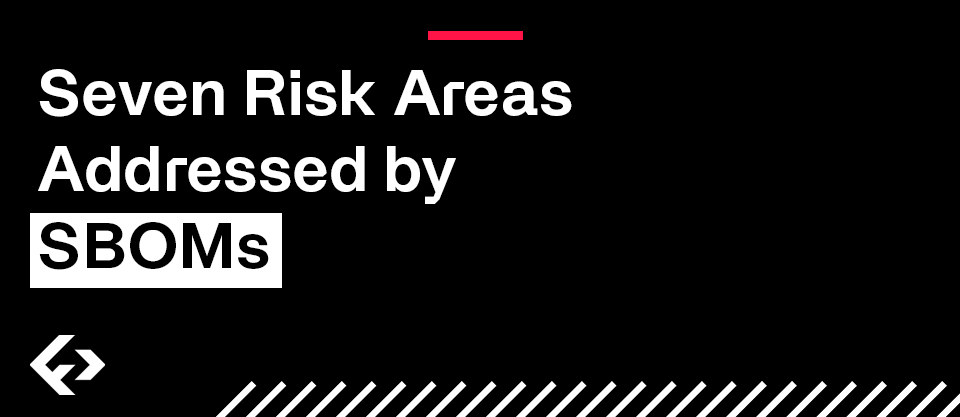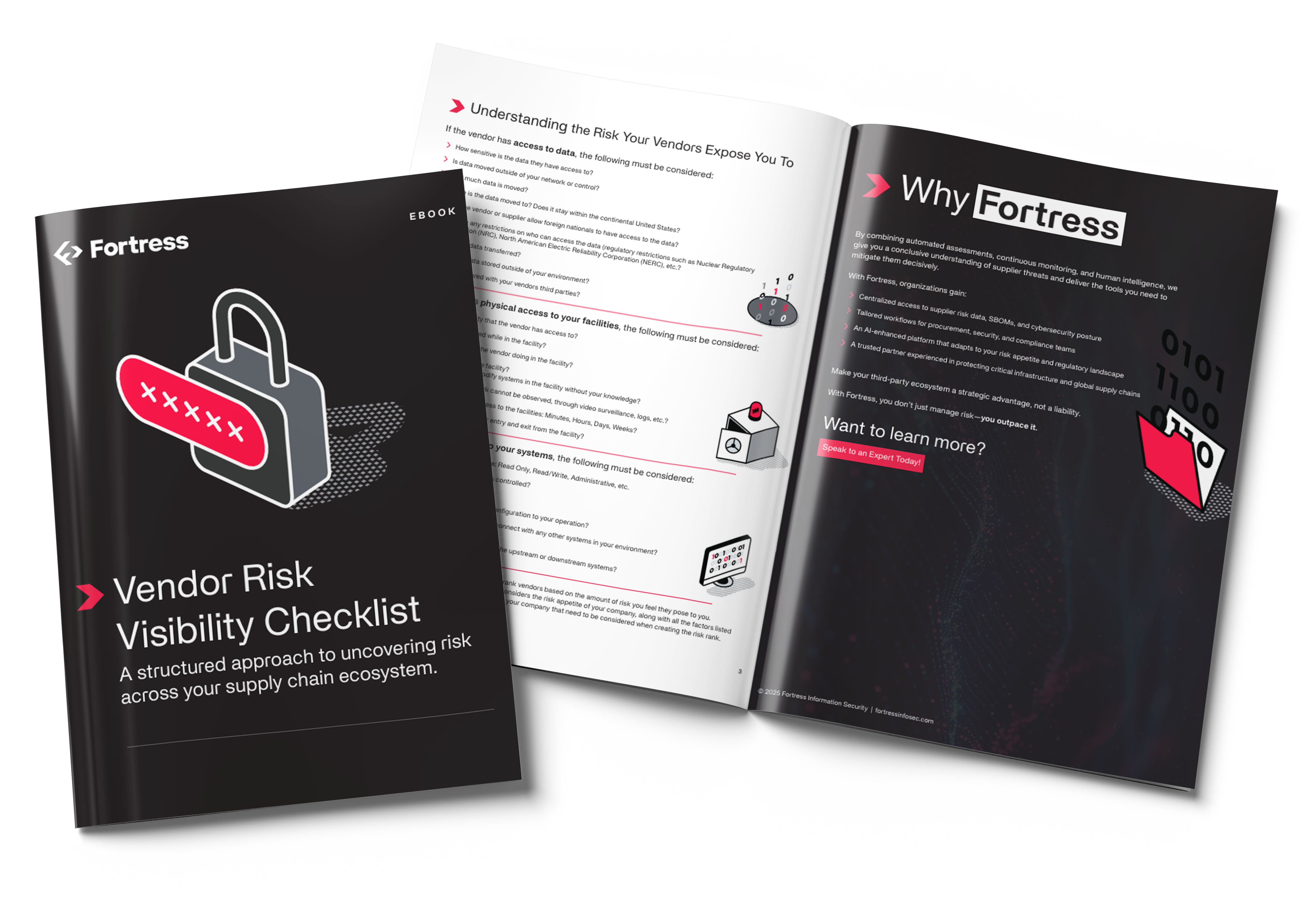-
-
Platform
-
Company
-
-
-
Commercial
- Industry Collaboration
- Solutions
- Industries
-
© 2025 Fortress Information Security. All rights reserved







This guide breaks down how to evaluate vendor access across key dimensions, including visibility, frequency, and sensitivity, helping cybersecurity and compliance leaders in critical infrastructure build stronger, more defensible Third-Party Risk Management (TPRM) programs.
Types of Vendor Access: Evaluate whether third parties have remote, physical, or logical access to systems, facilities, or data.
Scope and Sensitivity: Understand what data vendors can view or interact with, and how sensitive or operationally critical that information is.
Frequency and Justification: Assess how often vendors access your environment and whether that access is necessary and secure.
Download the guide and start building a more secure, resilient supply chain.

Effective third-party risk management for critical infrastructure requires more than identifying which vendors have access to your environment. Organizations must evaluate vendor access across multiple dimensions, including physical, remote, and logical access, the sensitivity of exposed systems and data, and the frequency of interactions.
By assessing these factors, cybersecurity and compliance teams can better understand the true risk profile of third-party vendors, prioritize mitigation efforts, reduce operational vulnerabilities, and ensure alignment with industry regulations such as NERC CIP, NIST, and CMMC. A strong vendor access evaluation process is essential to securing the supply chain and maintaining resilience across IT, OT, and cloud environments.
Partner with Fortress to implement a comprehensive Product Security strategy that integrates seamlessly into your existing cybersecurity workflows.